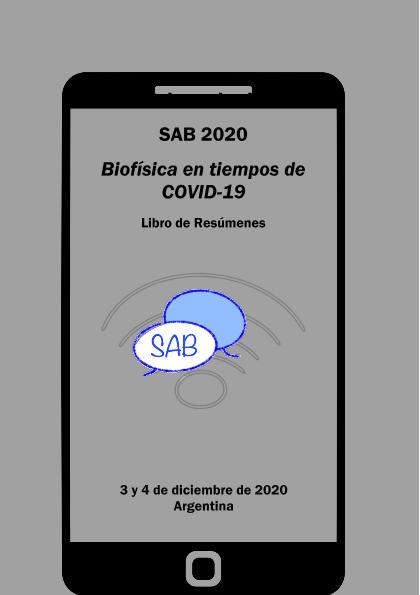Evento
Caenorhabditis elegans serotonin-gated chloride channel MOD-1 as a novel drug target for anthelmintic therapy
Colaboradores:
Delofino, Jose M.
Tipo del evento:
Jornada
Nombre del evento:
Primeras Jornadas Virtuales de la Sociedad Argentina de Biofísica
Fecha del evento:
03/12/2020
Institución Organizadora:
Sociedad Argentina de Biofísica;
Título del Libro:
Biofísica en tiempos de COVID-19: Libro de Resúmenes
Editorial:
Sociedad Argentina de Biofísica
ISBN:
978-987-27591-8-6
Idioma:
Inglés
Clasificación temática:
Resumen
Serotonin-gated ion channels (5-HT3) belong to the family of Cys-loop receptors, which are pentameric proteins that mediate fast synaptic transmission. In mammals, 5-HT3 are non-selective cationic channels that can be homomeric (5-HT3A) or heteromeric. Caenorhabditis elegans is a model for the study of the nervous system and for antiparasitic drug discovery. As parasitic nematodes, C. elegans contains a homomeric 5HT-gated chloride channel, MOD-1, that modulates locomotory behavior. Due to its absence in vertebrates, MOD-1 emerges as a potential antiparasitic drug target. We deciphered its pharmacological properties and searched for novel ligands by patch clamp recordings from mammalian cells heterologously expressing MOD-1. Macroscopic currents activated by 5-HT showed that MOD-1 does not rectify, desensitizes slowly, and recovers from desensitization with a time constant of 1 s. Dose-response curves revealed an EC50 for 5-HT of about 1 µM, similar to that of human 5-HT3A receptors. However, compared to their actions as partial agonists of human 5-HT3A receptors, tryptamine showed markedly increased efficacy and 2-Me-5HT showed insignificant agonist activity at MOD-1. The typical anthelmintic drugs ivermectin (IVM), levamisole, and piperazine, which are agonists of GluCl, L-AChR and GABA receptors, respectively, did not activate MOD-1. However, IVM produced a slight and piperazine a profound inhibition of 5-HT activated MOD-1 currents. The analysis revealed that piperazine is a noncompetitive antagonist of MOD-1. To gain further insights into the molecular function of the native MOD-1, we also recorded 5HT-activated chloride channels from C. elegans neurons expressing MOD-1 and compared to those heterologously expressed in mammalian cells. The elucidation of the molecular pharmacology of MOD-1 contributes to our knowledge of the function and drug selectivity of Cys-loop receptors and to its potential as a novel target for anthelmintic therapy.
Palabras clave:
ANTHELMINTIC THERAPY
,
SEROTONIN-GATED ION CHANNELS
Archivos asociados
Licencia
Identificadores
Colecciones
Eventos(INIBIBB)
Eventos de INST.DE INVEST.BIOQUIMICAS BAHIA BLANCA (I)
Eventos de INST.DE INVEST.BIOQUIMICAS BAHIA BLANCA (I)
Citación
Caenorhabditis elegans serotonin-gated chloride channel MOD-1 as a novel drug target for anthelmintic therapy; Primeras Jornadas Virtuales de la Sociedad Argentina de Biofísica; Argentina; 2020; 48-48
Compartir




